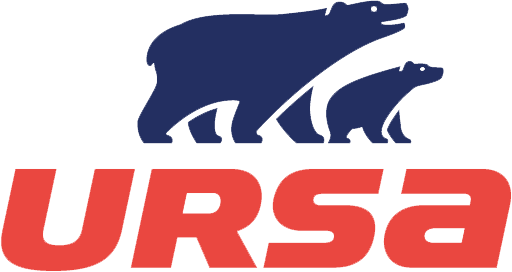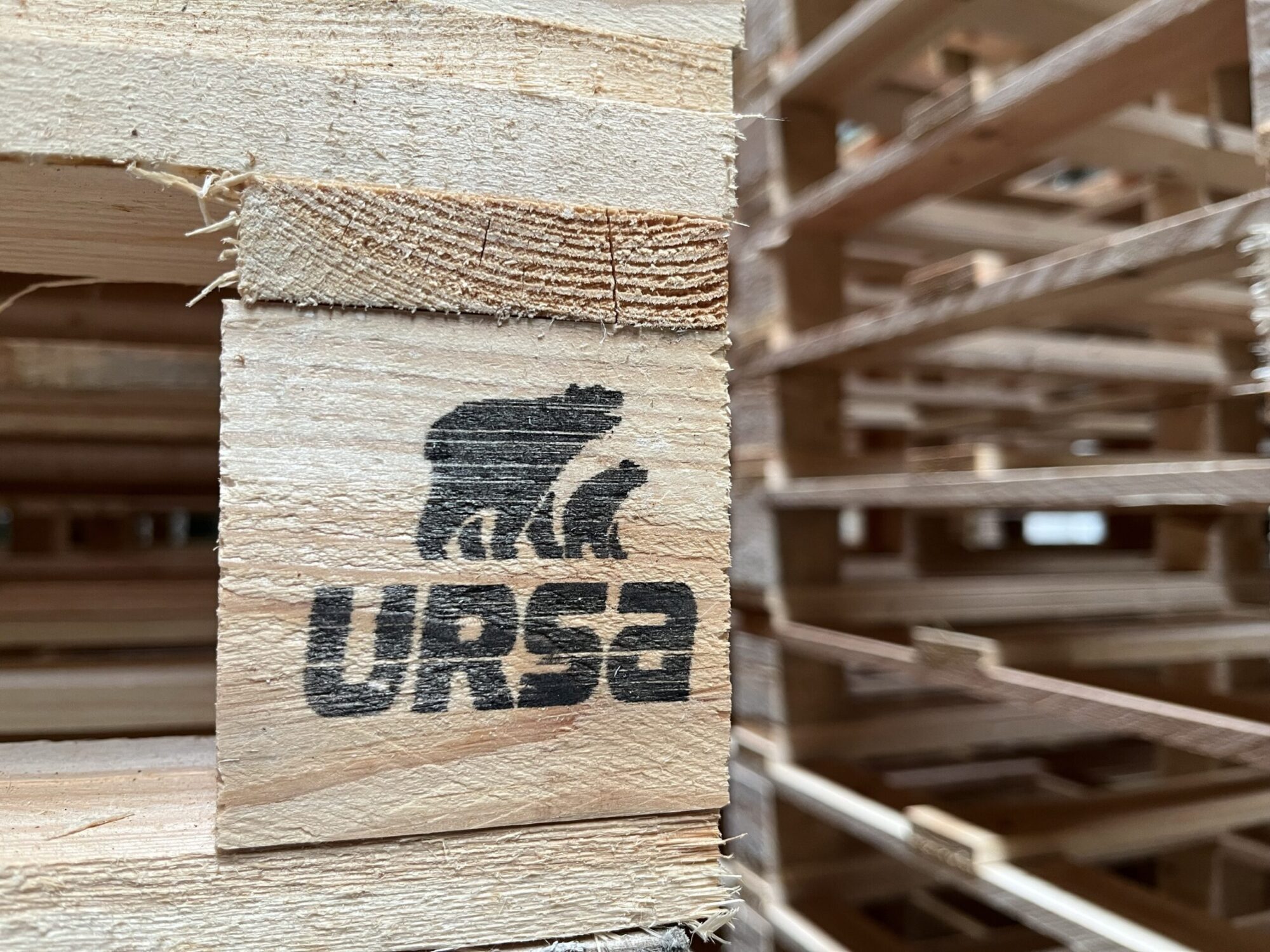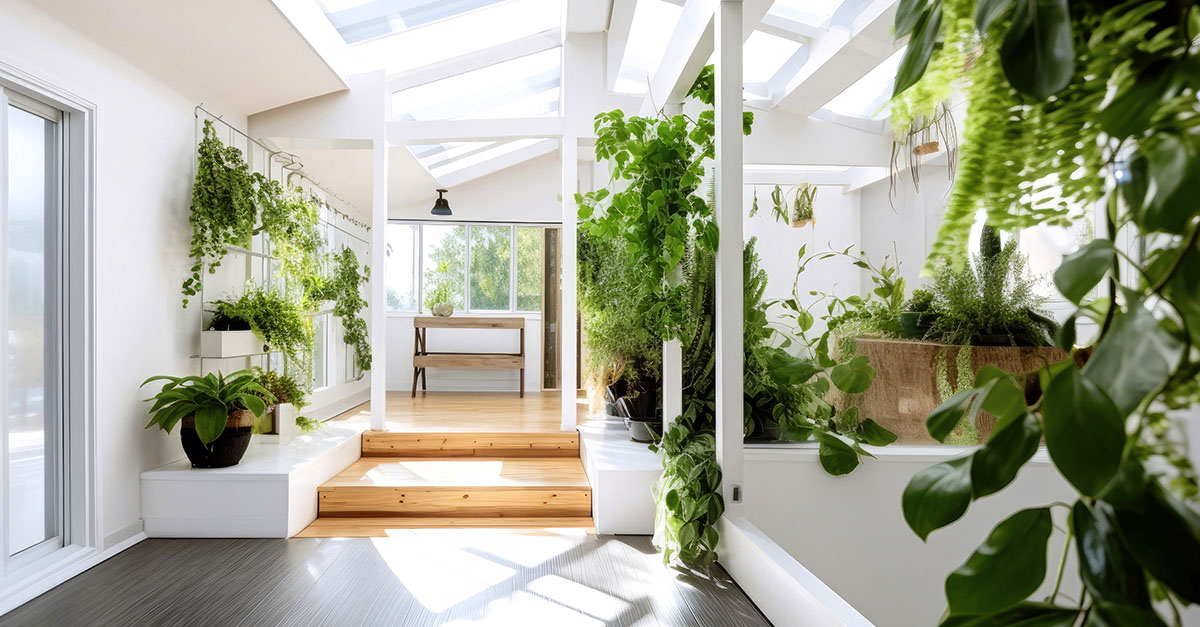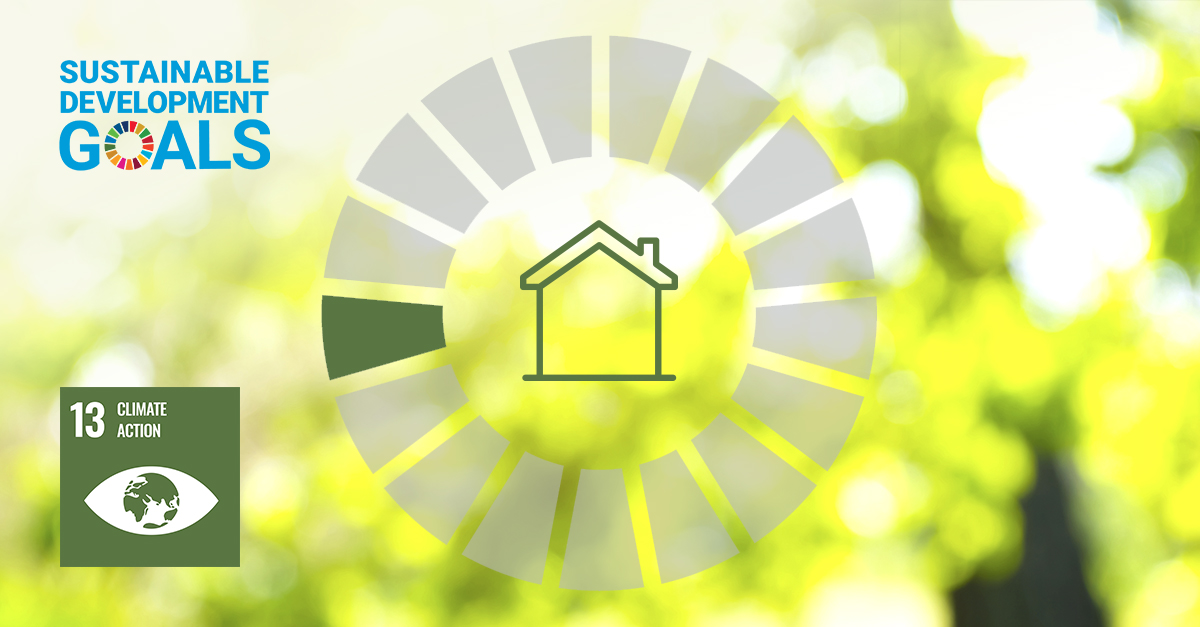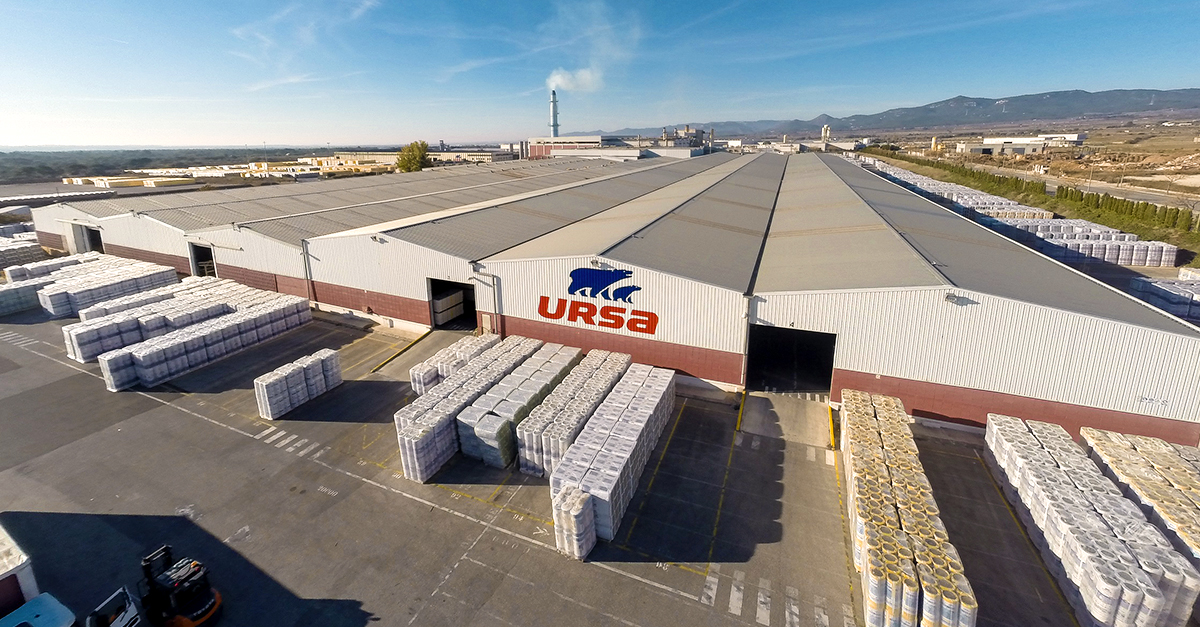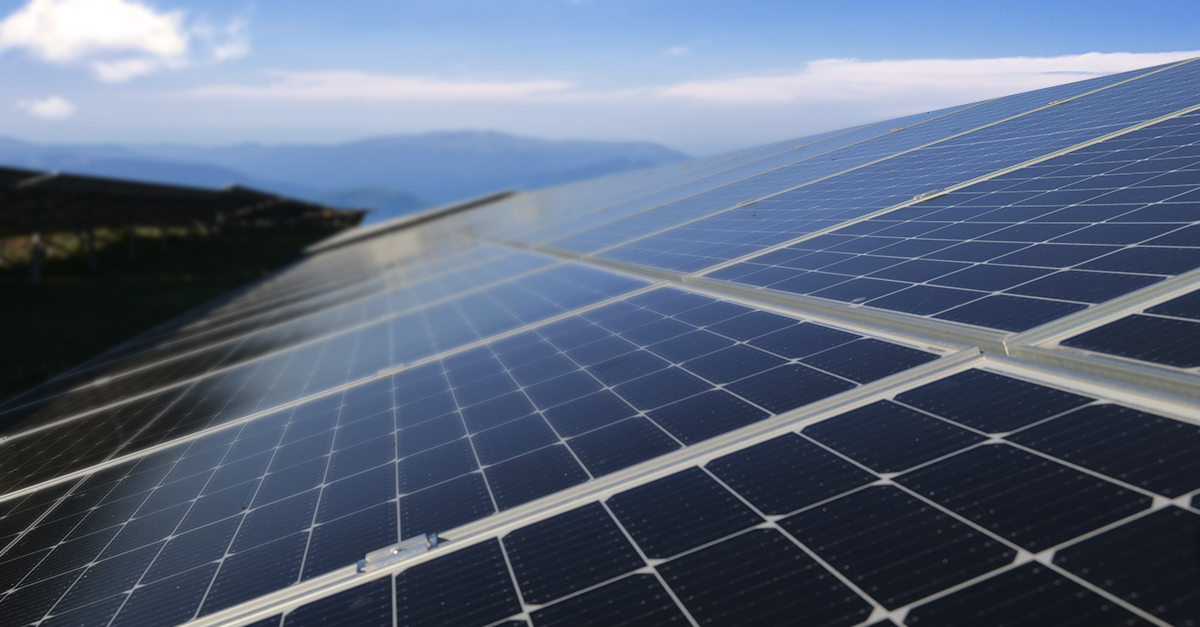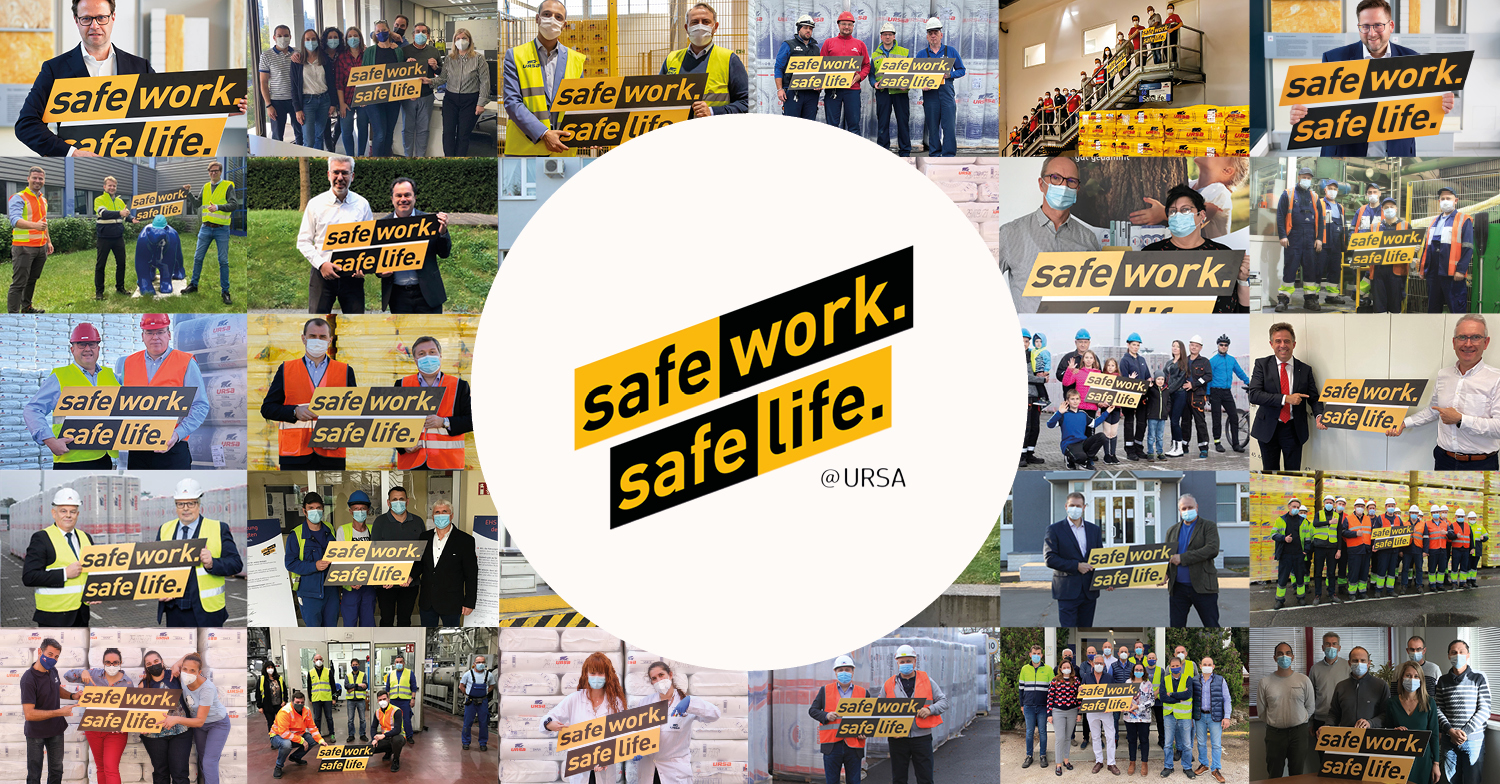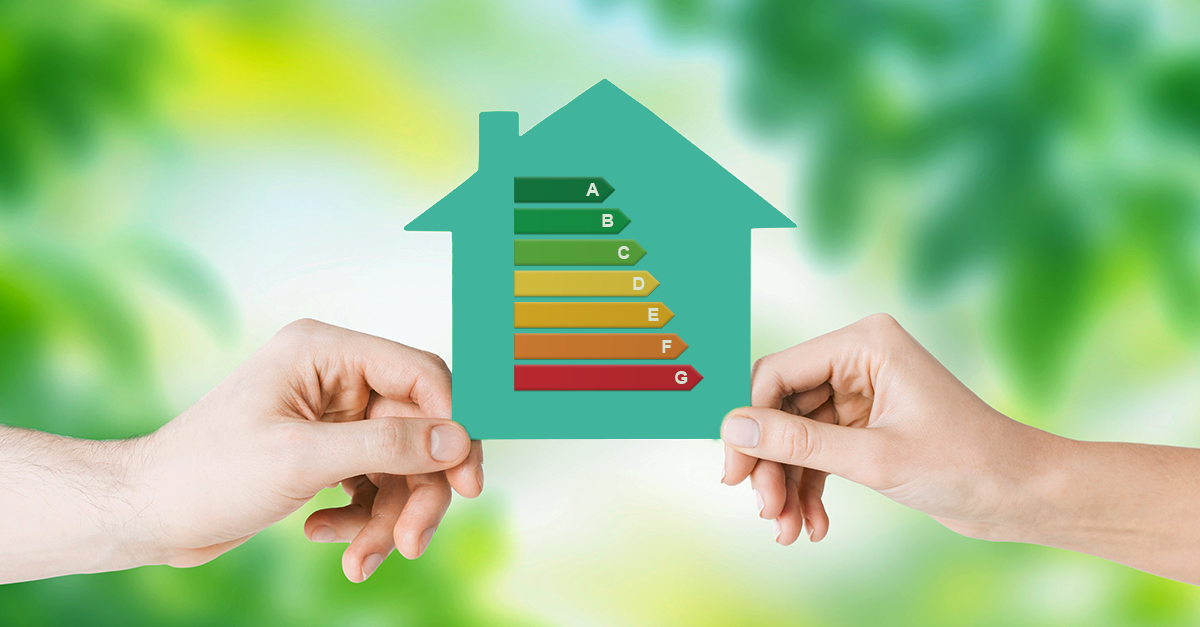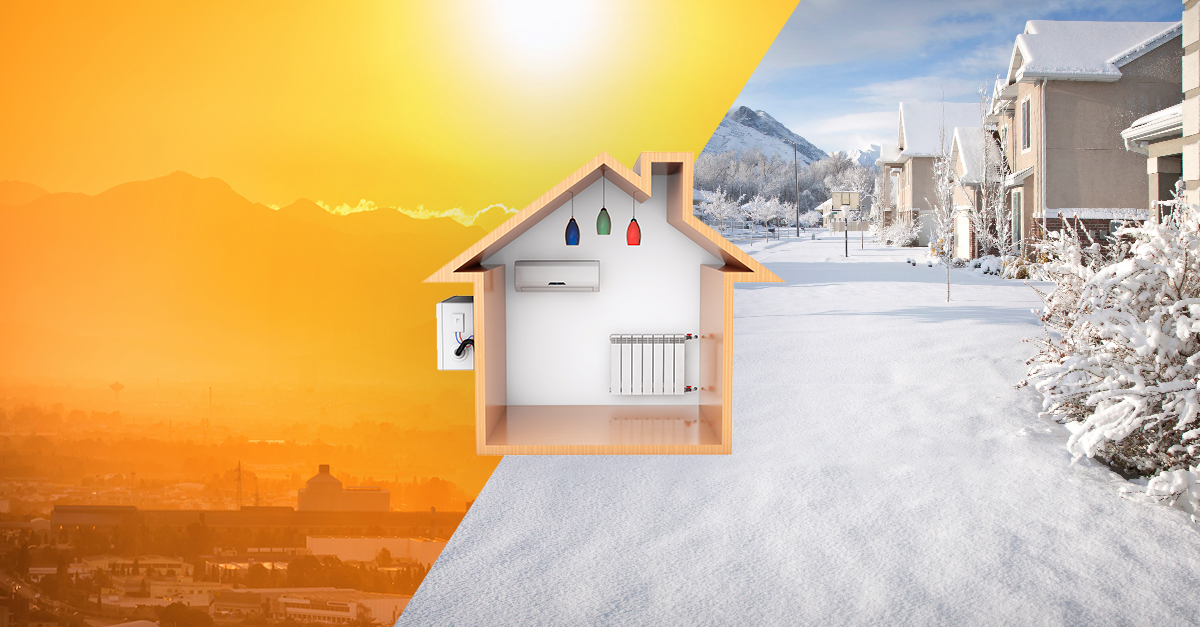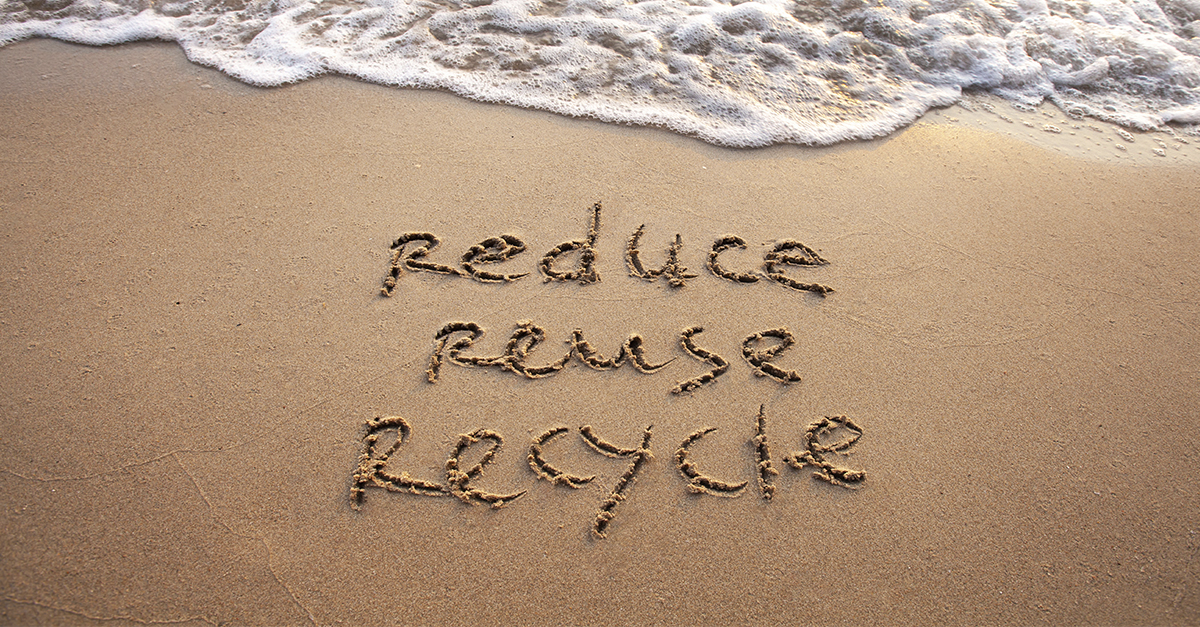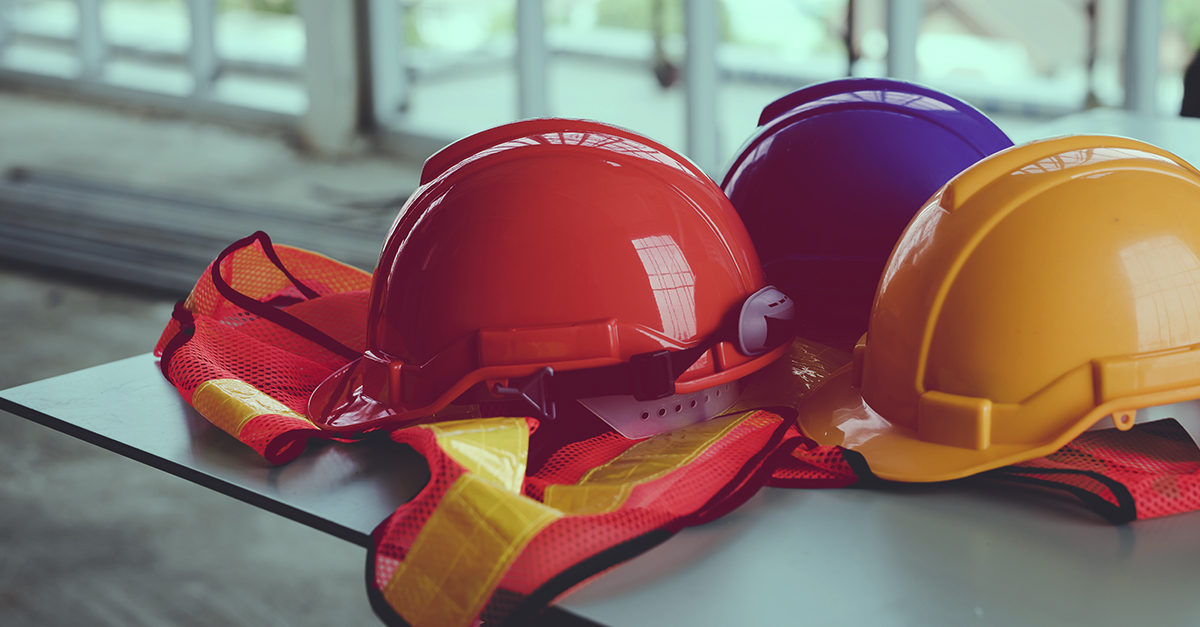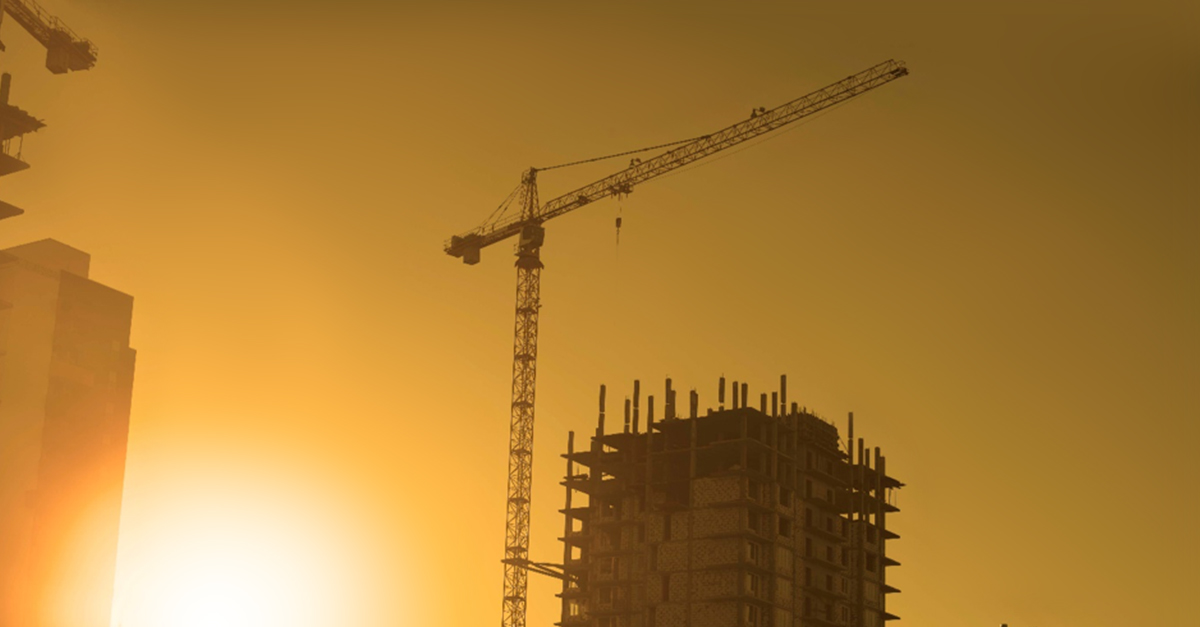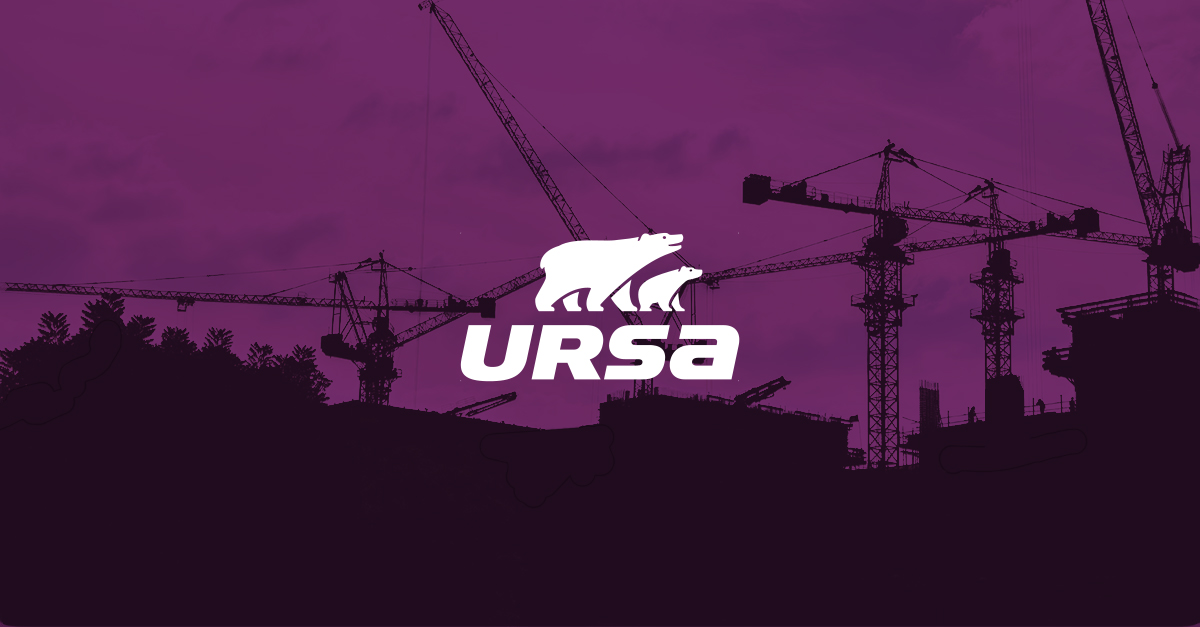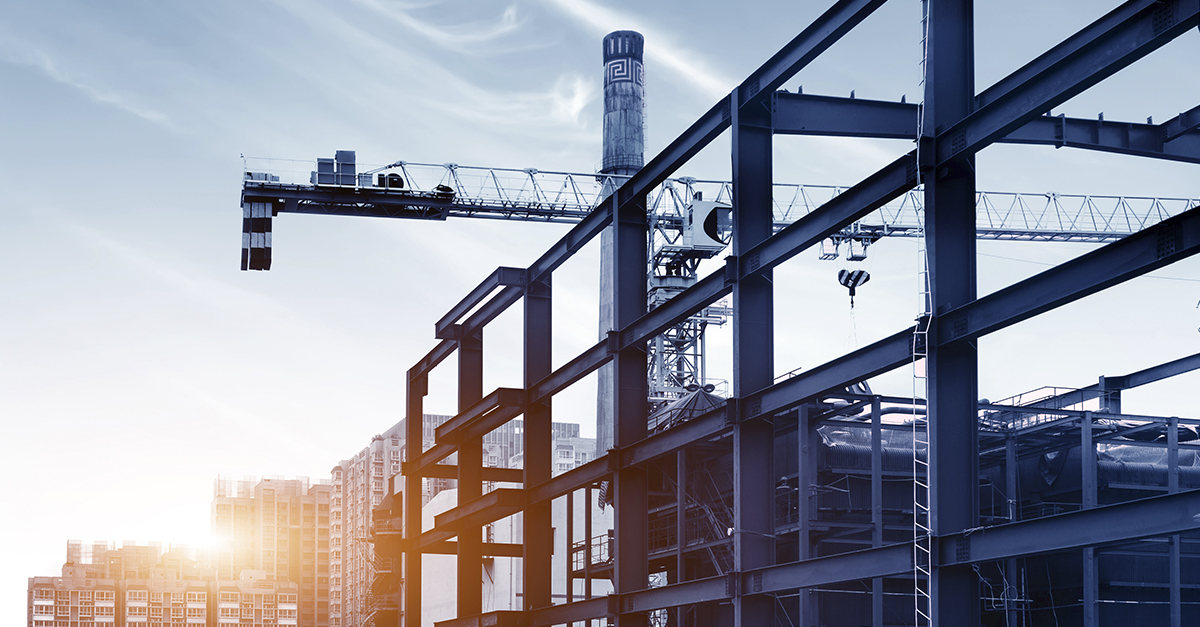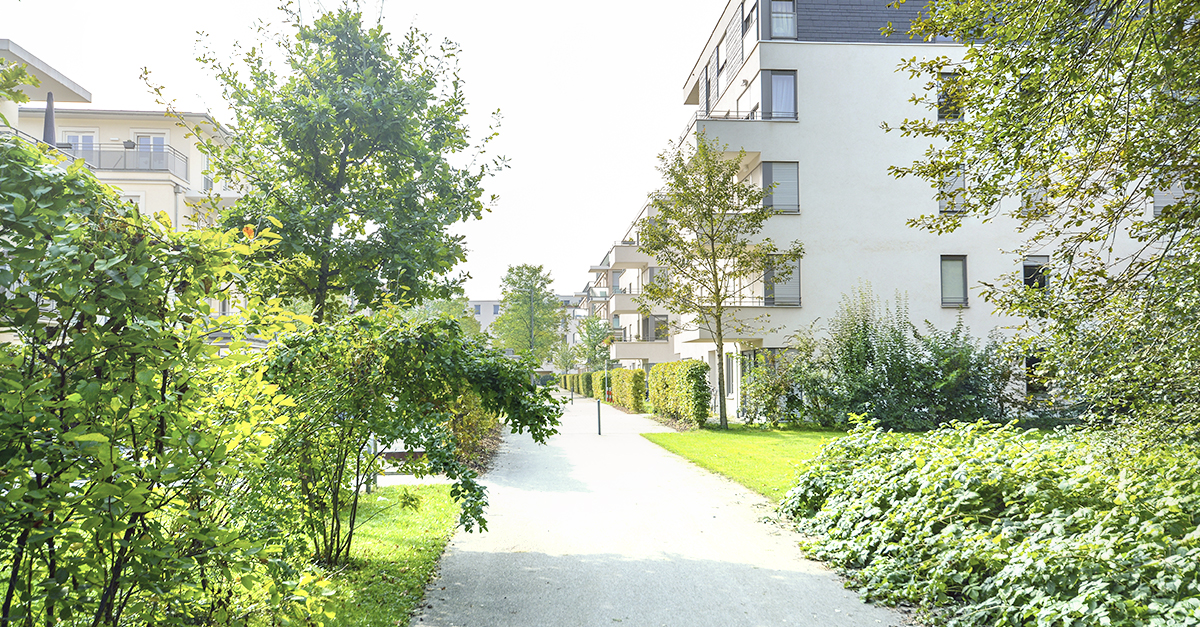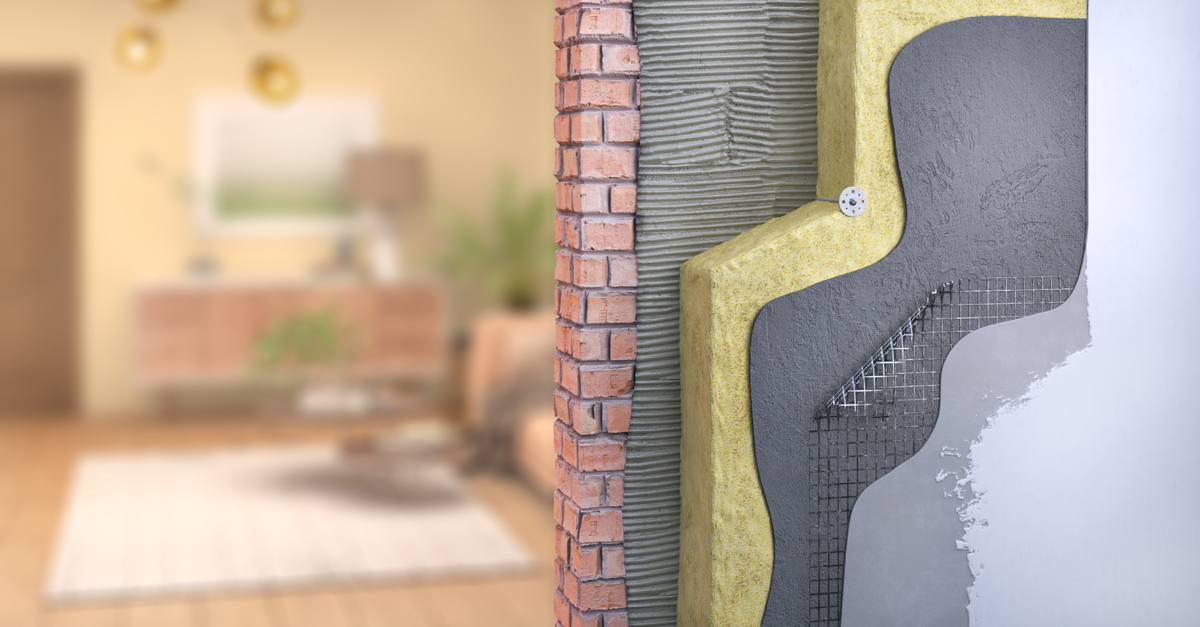What does “deep renovation” of a building mean?
How to upgrade the buildings we have now so that they are fit for the future? Deep renovation is the best option for meeting the EU’s 2050 zero-emission target and mineral wool insulation is essential for this type of renovation if we want to achieve EU’s environmental objectives.
Share
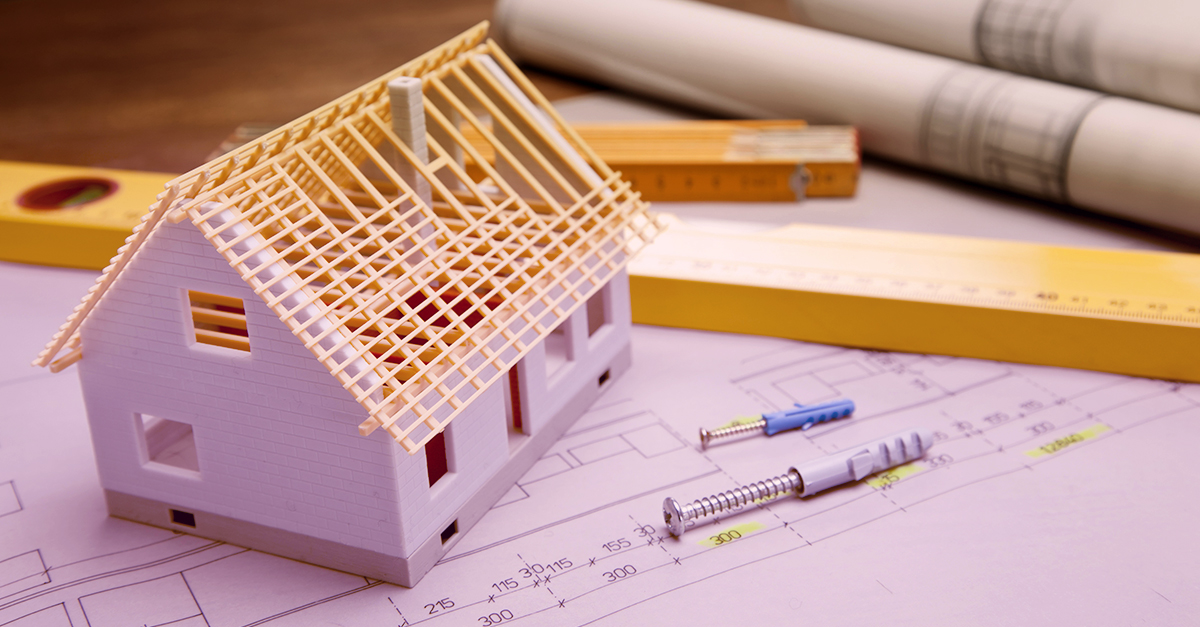
The state of the world’s building stock is a critical factor in tackling climate change. In the EU, 75% of housing is designated energy-inefficient, accounting for 40% of member states’ energy use. Clearly, addressing the current state of the world’s housing, renovating for greater efficiency, is important.
The ‘gold standard’ for building renovation is Passive House. But the passive house standard is much easier (and cheaper) to apply to new builds, to incorporate the PH measures as an essential element of building design from scratch. The difficulty for the EU is that newly-constructed properties only make up around 1% of the region’s building stock per year and the biggest potential difference for the EU lies in how we improve the existing buildings. According to estimates by the European Commission, energy renovation of buildings at an average annual rate of 3% could contribute to achieving the EU's energy efficiency and climate targets. However, the current renovation rate is only in the range of 1%. The question is, how to upgrade the buildings we have now so that they are fit for the future? The answer is, if Passive House is not possible or practical, then a ‘deep renovation’ approach may be needed.
The difference between Passive House and ‘deep renovation’
Passive House is a construction approach that aims to combine high levels of internal (i.e. living) comfort with net-zero energy consumption – a passive house (from the original German, passivhaus) is a healthy place to live or work, with a low carbon footprint. The Passive House standard (certificate criteria are set down by the International Passive House Association) focuses on thermal integrity and high airtightness:
- High thermal insulation.
- No thermal bridges in the construction.
- Quality doors and windows, properly installed.
- Ventilation for air quality.
However, the concept of deep renovation is less well-defined. The article “The time dimension in deep renovation: evidence and analysis from across the EU” by Fawcett and Topouzi of Oxford University have this to say:
“Deep renovation currently covers the space between installing a package of standard low energy renovation measures, and interventions sufficient to renovate buildings to passive house or nearly zero-energy standards. It does not need to have a universal meaning to be a useful concept.”
Although definitions may vary between regions, the basis of deep renovation is the improvement of a building’s structure to improve the energy efficiency of heating, cooling and ventilation to as close to net-zero as possible. Applying the Passive House standard through retrofitting and rehabilitation may not always be possible, depending on the building. In such cases, deep renovation is the best option for meeting the EU’s 2050 zero-emission target.
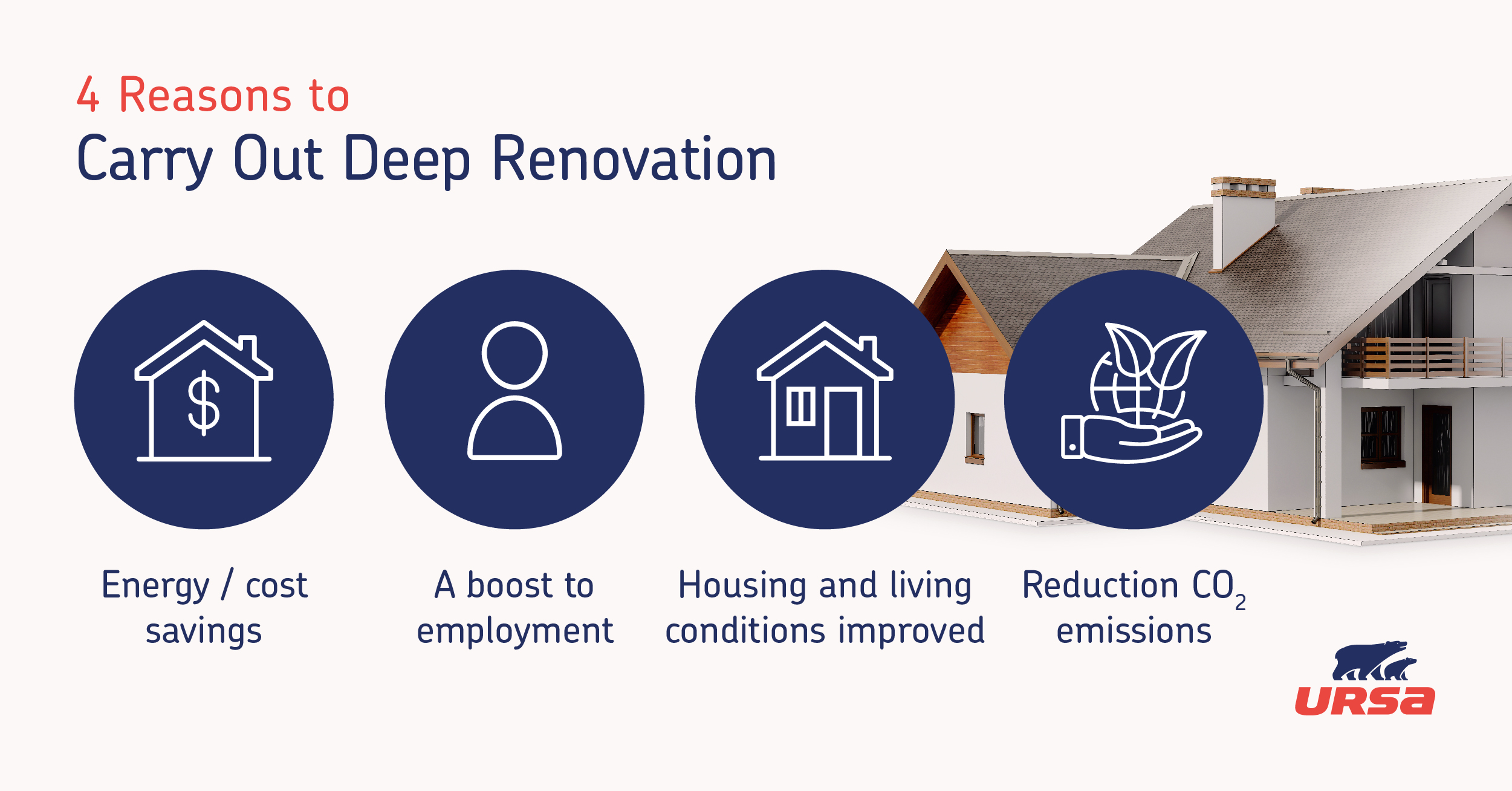

Four reasons to carry out deep renovation
- Energy/cost savings – an EU-wide program of retrofitting and deep renovation would result in savings of €1.7 billion per year, according to Eurima
- A boost to employment – such a program represents two million potential new jobs across Europe.
- Society – housing and living conditions (especially for society’s most vulnerable citizens) would be greatly improved while ensuring reduced household energy costs in the future.
- Environmental – similarly, the impact on CO2 emissions would be a reduction of 14 million tonnes per year; and a significant drop in air pollution levels.
Toward 2050
At URSA, we understand that deep renovation is a key means to achieving EU environmental targets, and high-quality insulation is critical to both the Passive House standard and deep renovation practices. However, the current average improvement in energy efficiency following the renovation of a building is 15-20% (Source: Eurima). The best way to improve those results is to use glass mineral wool insulation in the deep renovation process. In our lengthy experience, glass wool insulation is ideal for interior and exterior walls, pitched roofs, and flooring. All of which can lead to an improvement in the energy efficiency of up to 80%, depending on the building.
Finally, if the EU is to become a zero-emitting region by the middle of this century, it is vital to tackle our existing construction legacy. A technique that will lead the way to zero-emission energy efficiency is the installation of glass mineral wool insulation to improve both thermal integrity and living comfort.
Share
Categories
Lastest news
Tags
- Accelerate Renovation
- Building Renovation
- Certification
- Circular Economy
- circulareconomy
- Climate change
- CO2 Reduction
- Comfort
- Deep renovation
- Descarbonization
- Diversity
- Energy efficiency
- Environment
- EPBD
- Equality
- ESG
- ETEX Group
- Eurima
- Green Deal
- Healthy Buildings
- Healthy homes
- Indoor air quality
- Industry
- innovation
- InspiringWaysOfLiving
- Insulation
- InternationalWomensDay
- LCA
- Mineral wool
- PrioritisePeople
- Recycle
- renewable energy
- Renovation Wave
- reuse
- Safe homes
- Safe life
- Safe work
- Safety
- Save
- Solidarity
- Sustainability
- Thermal insulation
- UN Sustainable Development Goals
- United Nations Global Compact
- UnitedToInspire
- URSA
- Ventilation
- waste
- We are URSA
- We are Xella
- Women
- WorldPolarBearDay
- Xella Group
